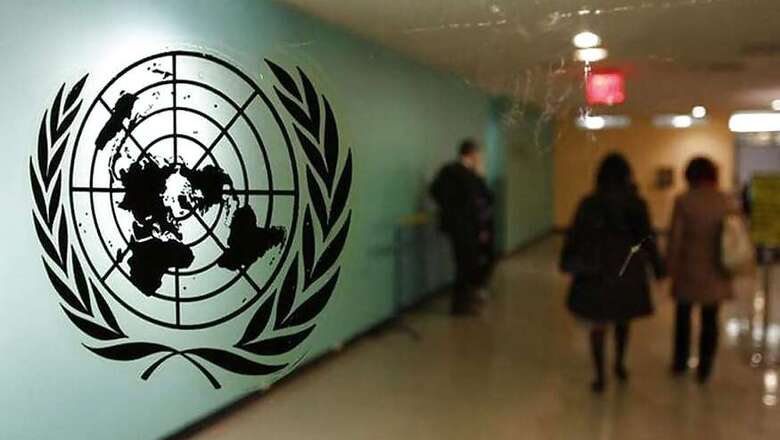
views
New Delhi: Around 51 per cent or 663 million of the 1.3 billion of world's poor are below the age of 18 and nearly 428 million of them, or 32.3 per cent, are younger than 10.
According to the Global Multidimensional Poverty Index Report 2019, around 85 per cent of these multi-dimensionally poor children live in South Asia and Sub-Saharan Africa, both regions having roughly the equal share of them.
The global MPI looks at a person’s deprivations across 10 indicators in health, education and standard of living, and aims to identify "who is poor and how they are poor". The index covers 101 countries.
The report has been published by the Oxford Poverty and Human Development Initiative (OPHI) at the University of Oxford and the Human Development Report Office of the United Nations Development Programme (UNDP).
The report explains that while one in six adults is multi-dimensionally poor, one child in every three is multi-dimensionally poor.
"… 17.5 per cent of adults in the countries covered by the MPI are multi-dimensionally poor, the incidence of multidimensional poverty among children is 33.8 per cent," the report reads. Moreover, the report adds, more number of children are poor and deprived in all of the MPI indicators than the adults.
Focusing on indicators of child poverty, the report says that 70 million children in South Asia under the age of 5 are stunted or underweight.
Across south Asian region, 36.7 million children do not attend school through grade 8, as per the report. Around 88 per cent or 32.3 million of these children belong to multi-dimensionally poor households.
Gender-wise, across south Asia, 9 per cent of the boys are out of school and live in multi-dimensionally poor households, whereas the same figure for girls is 10.7 per cent. Among countries, the highest -- 24.8 per cent of the boys and 44 per cent of the girls -- are out of school and multi-dimensionally poor.
In India, 6.1 per cent and 6.8 per cent of the boys and girls, respectively are out of school and MPI poor.
Furthermore, not all the children in the same household fare the same. "In south Asia, one child in nine is multi-dimensionally poor and lives in a household where some school-age children attend school but others do not," the report says.













Comments
0 comment